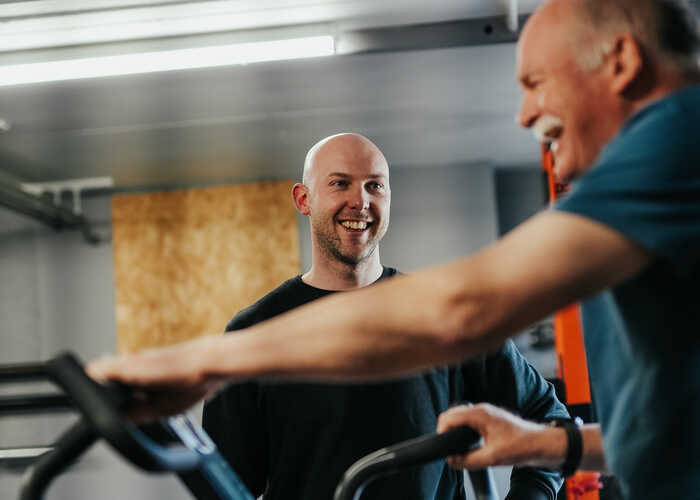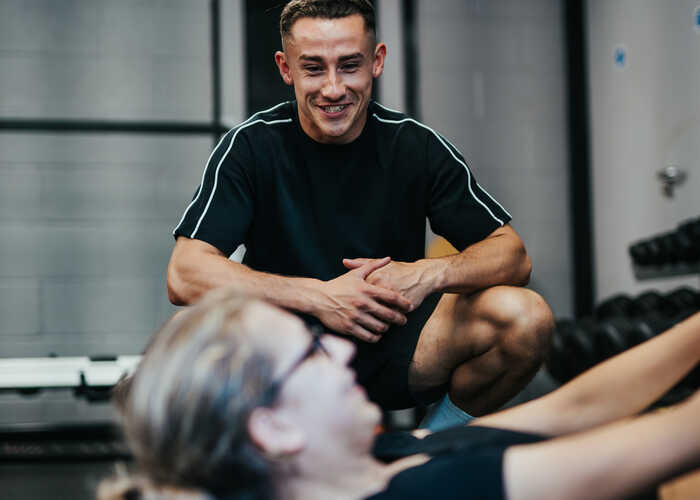5 Ways to Reclaim Your
Training After Injury
Getting Back on Track
We all know that sinking feeling — you’re training hard, feeling great, and then snap — an injury throws everything off course.
Whether it’s a pulled muscle, joint pain or post-op rehab, the road back to training can be frustrating. The good news? With the right approach, it can also be the most valuable phase in your journey.
At Injury Armour, we help anyone and everyone dealing with injuries and setbacks getting in the way of their sport, hobbies and life. We help people to not just “get back,” but return better — stronger, smarter, and more resilient than before. Here’s how you can reclaim your training after an injury.
1. Shift your Mindset: Rehab is Training
Too many people treat rehab as a detour. But it’s actually part of the same process.
Think of your rehab plan as a customised training block — one that focuses on movement quality, strength foundations, and body awareness.
We tell our clients all the time: your rehab is where real progress happens. It’s when you re-learn control, rebuild stability, and strengthen the weak links that caused the issue in the first place.
💡 Tip: Track your rehab sessions like workouts. Note reps, sets, progressions — and celebrate the wins.

2. Don’t Skip Objective Testing
It’s easy to feel ready before your body truly is. That’s why objective strength and mobility testing is a cornerstone of our process at Injury Armour. We utilise dynamometry kit from the world-renowned company 'VALD' who's testing equipment is used all over the world at centres providing the highest level of care and at the highest levels of sport including the Premier League, Rugby league/union and the NBA to name a few.
By using measurable data — not just how something “feels” — we can safely progress you from rehab to full training.
For example:
- Are both legs producing equal power on single-leg tests?
- Has your range of motion returned to baseline?
- Are your movement patterns symmetrical under load?
Without these checks, people often return too early and re-injure themselves — the number one reason we see with patients who simply rest, allow symptoms to settle in daily life and then return to their sport/hobby without testing and preparing the injury and body as a whole to meet the demands of the sport or activity they wish to return to.

4. Nail the Transition Back to Performance
The gap between “pain-free” and “performance-ready” is where many people stall. That’s why we bridge that gap with performance reconditioning.
This means:
- Replicating your sport’s demands (sprints, jumps, changes of direction).
- Reintroducing competition-style training in a controlled way.
- Building endurance and confidence before full return.
We don’t stop when you can walk pain-free — we stop when you can compete without fear.

5. Surround Yourself with the Right Support
The gap between “pain-free” and “performance-ready” is where many people stall. That’s why we bridge that gap with performance reconditioning.
This means:
- Replicating your sport’s demands (sprints, jumps, changes of direction).
- Reintroducing competition-style training in a controlled way.
- Building endurance and confidence before full return.
We don’t stop when you can walk pain-free — we stop when you can compete without fear.
Final Thoughts
Recovering from injury isn’t about going back to where you were — it’s about levelling up and improving your overall performance to ensure you've done everything you can to reduce the risk of reinjury.
If you’re ready to return to training stronger and smarter, our team at Injury Armour is here to guide you every step of the way.
📞 Call us today or book an assessment online to start your journey back to full strength.
Posted on November 12th 2025
